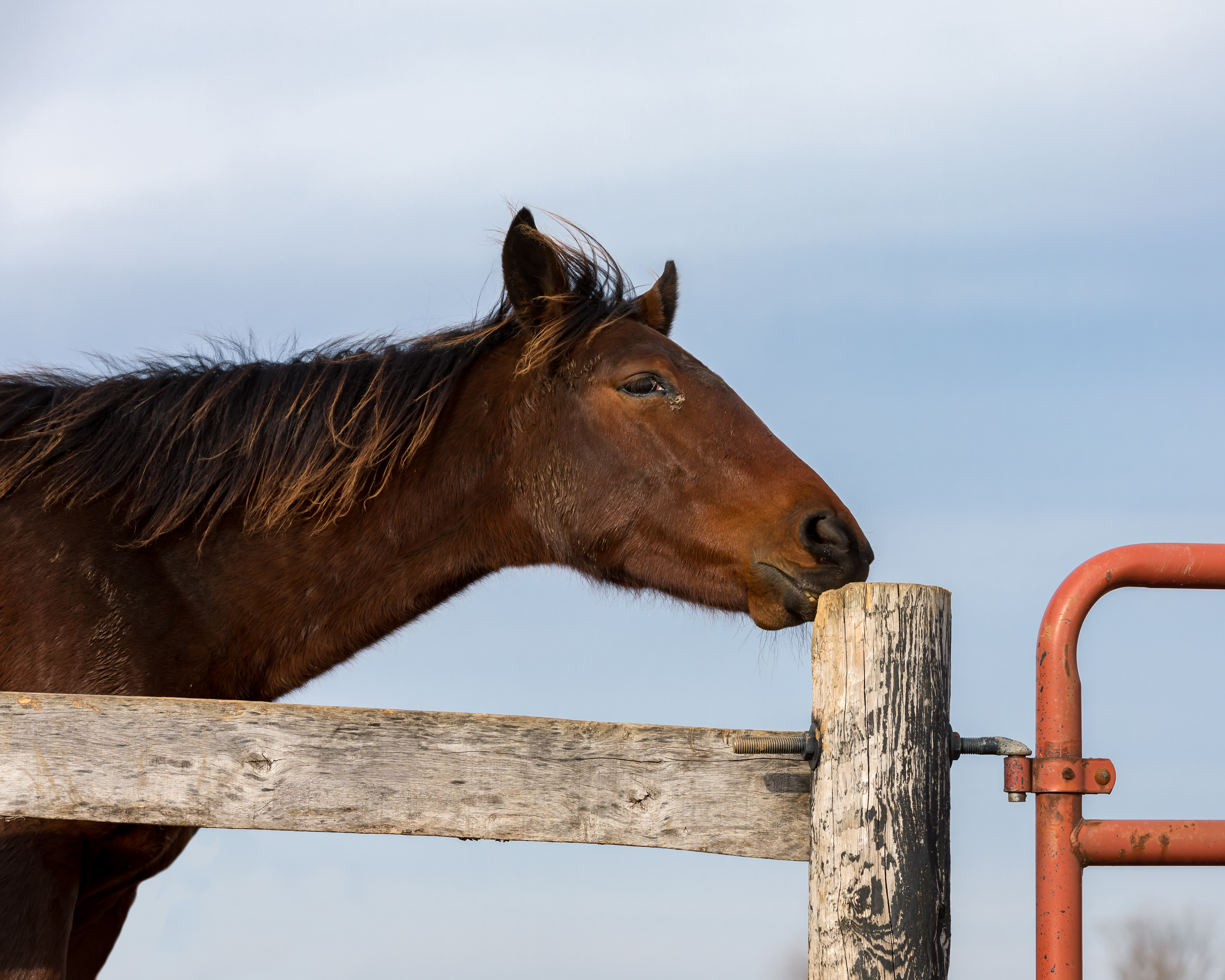Question: I will soon need to replace some wood board fencing in my horse paddocks. My brother is also planning to clear part of his property, and he offered me a deal on the lumber if I want it. I am concerned, though, because many of the bigger trees he wants to take down are maples. I know that the fallen leaves from red maple trees can be toxic to horses, and I’ve heard that other parts of the tree are toxic, too. Is the wood also dangerous? One of my ponies will chew on the fencing occasionally, and I don’t want him to come to any harm.Name withheld upon request

Answer: Wilted and dried leaves from the red maple (Acer rubrum) are toxic to horses who eat them. They contain a type of tannin, called gallic acid, that damages a horse’s hemoglobin, the molecules within the red blood cells that transport oxygen. Starved of oxygen, organs and tissues throughout the body will begin to fail. Eating just three pounds of wilted or dried leaves could be fatal to an adult horse.
The threat from red maples is well established, but gallic acid has also been found in the leaves of sugar (Acer saccharum) and silver (Acer saccharinum) maple trees. All three of these species are native to the United States, and they—along with numerous hybrids and cultivars derived from them—are commonly used in landscaping. Most of these varieties have never been tested for toxicity, but it is best to assume that the wilted or dried leaves from any maple species are potentially toxic.
Most of the toxin is concentrated in the tree’s leaves, but there is also some in the branches and bark. However, horses are not likely to eat enough of these parts of the tree to do themselves harm. Even the occasional mouthful of green, growing red maple leaves is unlikely to be harmful. The leaves become most dangerous when they wilt or dry out, which concentrates the toxin.
Currently, we have no specific information about the toxicity of dried maple wood. But given that there is very little of the toxin in the tree trunk, lumber made from maples is unlikely to be a problem to horses.
Anthony P. Knight, BVSc, MS, DACVIM
Professor Emeritus
Colorado State University
Anthony P. Knight, BVSc, MS, DACVIM, was born and raised in Kenya and received his veterinary degree at the University of Nairobi in 1968 and an MS from Colorado State University (CSU) in 1971 before accepting a faculty position in large animal medicine in CSU’s College of Veterinary Medicine & Biomedical Sciences. After 40 years as a CSU faculty member, he retired and moved to Tucson, Arizona. His interests lie in disease investigation, foreign animal disease, zoonotic diseases and plant toxicology. He has published two books on plant poisoning: A Guide to Plant Poisoning of Animals in North America and A Guide to Poisonous House and Garden Plants.
Don’t miss out! With the free weekly EQUUS newsletter, you’ll get the latest horse health information delivered right to your in basket! If you’re not already receiving the EQUUS newsletter, click here to sign up. It’s *free*!








